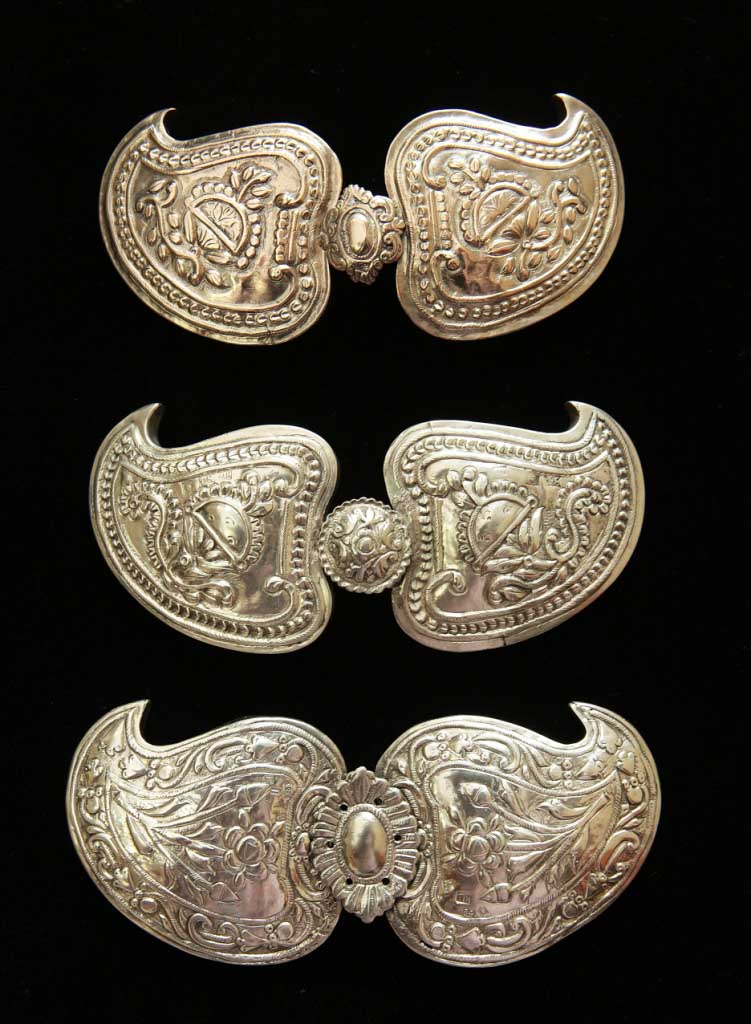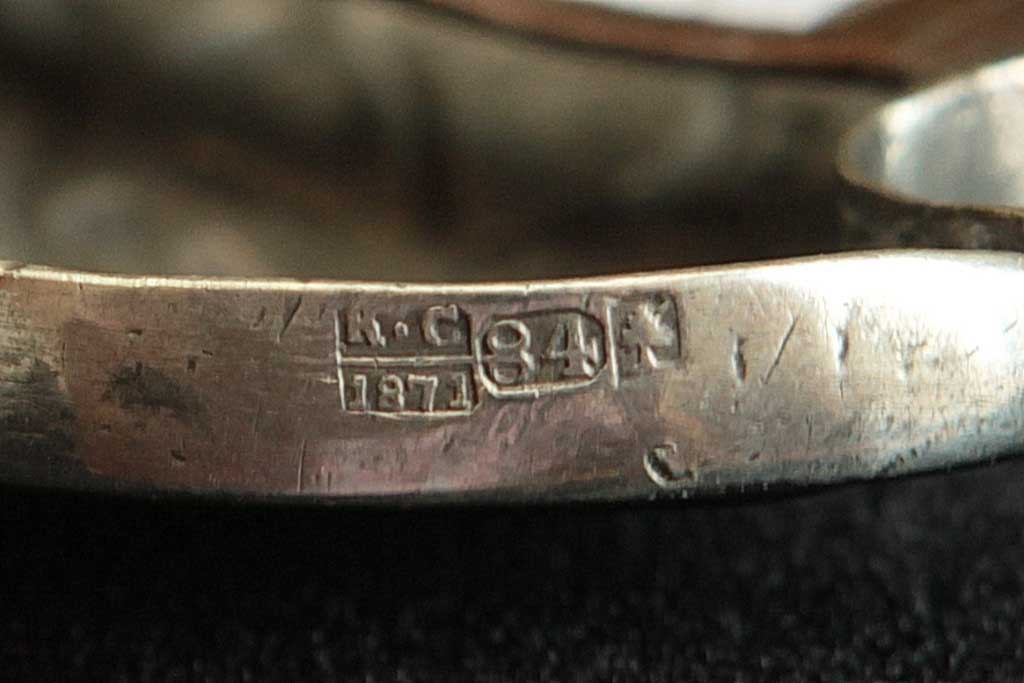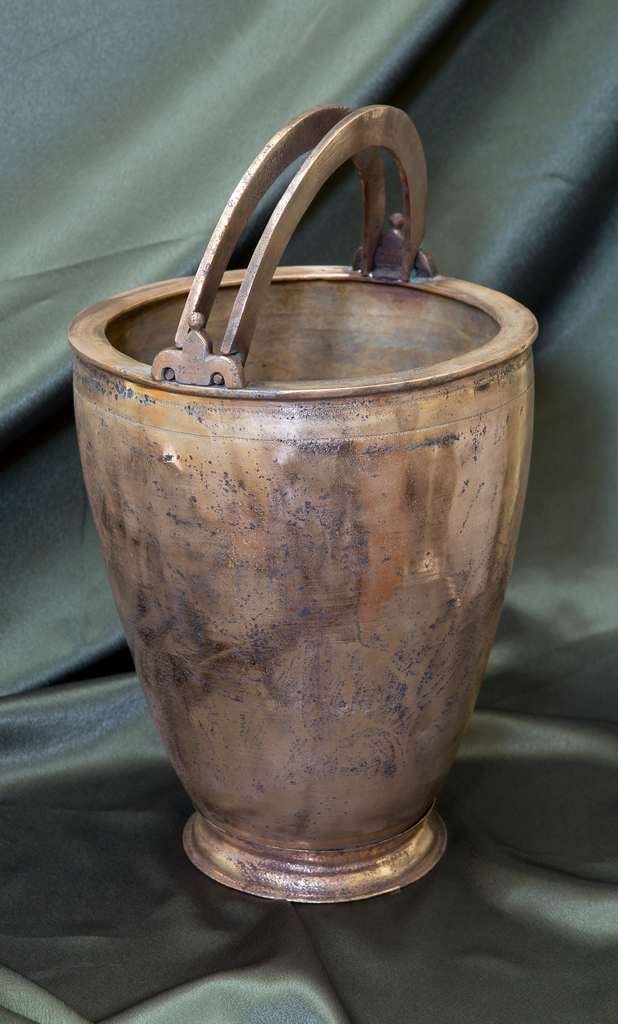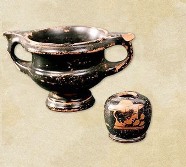  #Exhibit of the Month #Exhibit of the Month
August 2022
Buckles (“paftas”)
Jewelry workshop from the town of Orhei, Bessarabia, the 19th century

The word pafta is of Turkish origin and is used in almost identical forms in Romanian, Greek, Bulgarian, and Serbian languages and some Aromanian dialects, denoting clothing accessories of a functional and decorative use, which secure or catch one's girdle, sash or belt.
Such buckles are accessories of ceremonial and everyday costumes, they were worn by both prince's courtiers and commoners in the Romanian principalities during the reign of the Phanariots, when the influence of Greek culture increased. Throughout the Balkan Peninsula, silversmiths' workshops produced buckles very different in size, alloys, technique, style, and decoration. Turkish buckles were usually lace-like, often gilded, with many stones, emphasizing opulence. At the Bulgarians and Aromanians, they are simpler, but have a specific model and symbolism. Greek buckles are mostly silver, elegantly shaped, decorated with corals and small coins. The difference between the West and the East in this regard lies in the ability of the Turks to combine other materials with precious stones. Another feature is the predominance of floral motifs over the representations of animals and birds. The peoples under Ottoman rule assimilated these features and integrated them into their own cultures. Throughout the Balkan Peninsula, silversmiths' workshops produced buckles very different in size, alloys, technique, style, and decoration. Turkish buckles were usually lace-like, often gilded, with many stones, emphasizing opulence. At the Bulgarians and Aromanians, they are simpler, but have a specific model and symbolism. Greek buckles are mostly silver, elegantly shaped, decorated with corals and small coins. The difference between the West and the East in this regard lies in the ability of the Turks to combine other materials with precious stones. Another feature is the predominance of floral motifs over the representations of animals and birds. The peoples under Ottoman rule assimilated these features and integrated them into their own cultures.
The buckles exhibited testify to the presence of a jewelry workshop in the town of Orhei in Bessarabia in the second half of the 19th century, and the quality of workmanship, the fine processing of the details, the complex composition denote the mastery and skill of the craftsmen. Similar in style, these three buckles are two-piece, germinating seed-shaped, with strongly pronounced tips. The border is decorated with a garland motif, which circumscribes floral decorative elements. Hook and loop fastening is covered with a decorative button. On the reverse side, both sides are equipped with two plus two vertical straps with which the belt was attached.  The buckles are made of silver, as evidenced by the metal fineness hallmark stamp "84", applied according to the regulations on both parts of the buckle, and the hallmark stamp of the jewelry workshop in Orhei - the symbol of oak in a stylized shield. The quality of the metal and workmanship is also certified by the stamp of the assayer, moreover, one of the buckles was expertized by Dmitry Tiunov and has a "ДТ" (DT) stamp on it. On both parts of the buckle, the year of manufacture 1858 and the stamp of the assayer "ПН" (PN) are stamped. The stamp on the second buckle, the initials "МИ" (MI), indicates only the craftsman who made the product. The third buckle, made in the Orhei workshop, does not have the hallmark stamps required by law on the back side, but retains the same hallmarks stamped on the side of the products: the symbol of oak, the metal fineness hallmark stamp "84", the year of manufacture - 1871, and the initials of the assayer "КС" (KS), identified as Klim Sergeev, who worked from 1868 to 1871. The buckles are made of silver, as evidenced by the metal fineness hallmark stamp "84", applied according to the regulations on both parts of the buckle, and the hallmark stamp of the jewelry workshop in Orhei - the symbol of oak in a stylized shield. The quality of the metal and workmanship is also certified by the stamp of the assayer, moreover, one of the buckles was expertized by Dmitry Tiunov and has a "ДТ" (DT) stamp on it. On both parts of the buckle, the year of manufacture 1858 and the stamp of the assayer "ПН" (PN) are stamped. The stamp on the second buckle, the initials "МИ" (MI), indicates only the craftsman who made the product. The third buckle, made in the Orhei workshop, does not have the hallmark stamps required by law on the back side, but retains the same hallmarks stamped on the side of the products: the symbol of oak, the metal fineness hallmark stamp "84", the year of manufacture - 1871, and the initials of the assayer "КС" (KS), identified as Klim Sergeev, who worked from 1868 to 1871.
 Between the 1840s and 1870s, wearing buckles became obsolete, and women's fashion completely adopted Western cuts and colors. These accessories came back into fashion around 1870 thanks to Princess Elisabeth, the future Queen of Romania. She introduced at court the fashion for the Romanian national costume, decorated with buckles. Her example was followed by the female elite of that time until the eve of the First World War. And her successor, Queen Maria, with her usual elegance and refinement, continued this fashionable tradition with in the interwar period. Between the 1840s and 1870s, wearing buckles became obsolete, and women's fashion completely adopted Western cuts and colors. These accessories came back into fashion around 1870 thanks to Princess Elisabeth, the future Queen of Romania. She introduced at court the fashion for the Romanian national costume, decorated with buckles. Her example was followed by the female elite of that time until the eve of the First World War. And her successor, Queen Maria, with her usual elegance and refinement, continued this fashionable tradition with in the interwar period.
|




















































